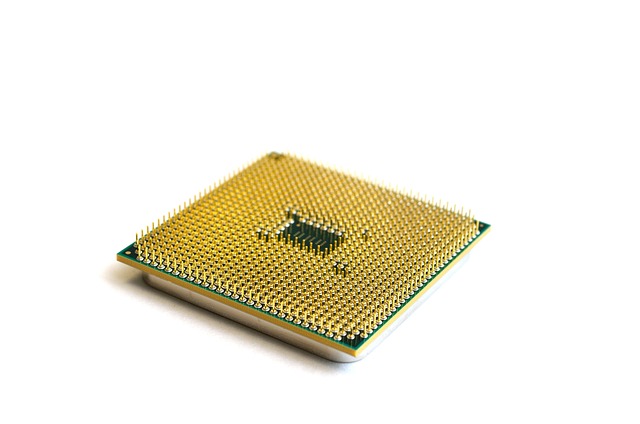Significance of Scripting in VLSI
In the dynamic world of Very Large Scale Integration (VLSI), where complex semiconductor chips are designed and manufactured, scripting plays a pivotal role. Scripting languages like Python, TCL (Tool Command Language), and Perl have become indispensable tools for VLSI engineers. In this post, we will delve into the reasons why scripting is essential in the field of VLSI.

Automation of Repetitive Tasks
One of the primary reasons scripting is crucial in VLSI is its ability to automate repetitive tasks. VLSI design involves numerous iterative processes, such as building automatic flow for running regression, support for the addition of scripts for verification of advanced designs, layout generation, netlist extraction, and simulation. Writing scripts allows engineers to create custom tools that automate these tasks which can not only speed up the design process but also reduce the likelihood of human errors.
Customization and Flexibility
Scripting allows engineers to verify the design in a scaled fashion with a limited number of design blocks with the same blocks being instantiated multiple times, and also workflows to match the specific needs of a project. Whether it’s automating a custom design rule check or extracting specialized simulation data, scripting provides the flexibility to adapt to various design challenges.
Debugging and Analysis
Scripting languages provide powerful debugging and analysis capabilities. Engineers can use scripts to parse log files, identify issues, and generate detailed reports. This aids in the identification and resolution of design flaws, ensuring that the final product meets the required specifications and quality standards.
Integration of Design Tools
VLSI design needs specialized software tools for functional/ formal verification, physical design, back-end tools, etc. Scripting languages serve as a bridge between these tools, facilitating seamless integration. Engineers can write scripts that extract data from one tool and feed it into another, streamlining the design flow. This interoperability is essential for optimizing the overall design process.
Maintenance and Version Control
In the world of VLSI industry, design projects often span several years. Scripts help in maintaining and managing these projects by providing version control and documentation. Engineers can easily track changes, collaborate with team members, and ensure consistency in the design process over the project’s lifecycle.
Design Optimization
Scripting also plays a vital role in design optimization. Engineers can use scripts to run simulations with different design parameters, helping them identify the most efficient and cost-effective solutions. This iterative process of optimization can lead to significant improvements in the final product’s performance and power efficiency.
Scalability
Scripting allows for scalability in VLSI projects. As designs become more complex, managing them manually becomes increasingly challenging. Scripts can handle the scaling process efficiently, ensuring that design principles and standards are consistently applied across large projects.
Conclusion
In conclusion, scripting is not merely a convenience but an indispensable tool in VLSI design. It empowers engineers to automate tasks, enhance productivity, and effectively navigate the intricacies of contemporary semiconductor chip design. As the VLSI field advances and design complexities increase, scripting languages will continue to be a vital component of every VLSI professional’s toolkit. Whether you are an experienced VLSI engineer or an aspiring one, mastering scripting languages is a skill that can significantly impact your efficiency and success. It forms the foundation of modern VLSI design, enabling engineers to continuously push the boundaries of what can be achieved in semiconductor technology.
Career in VLSI